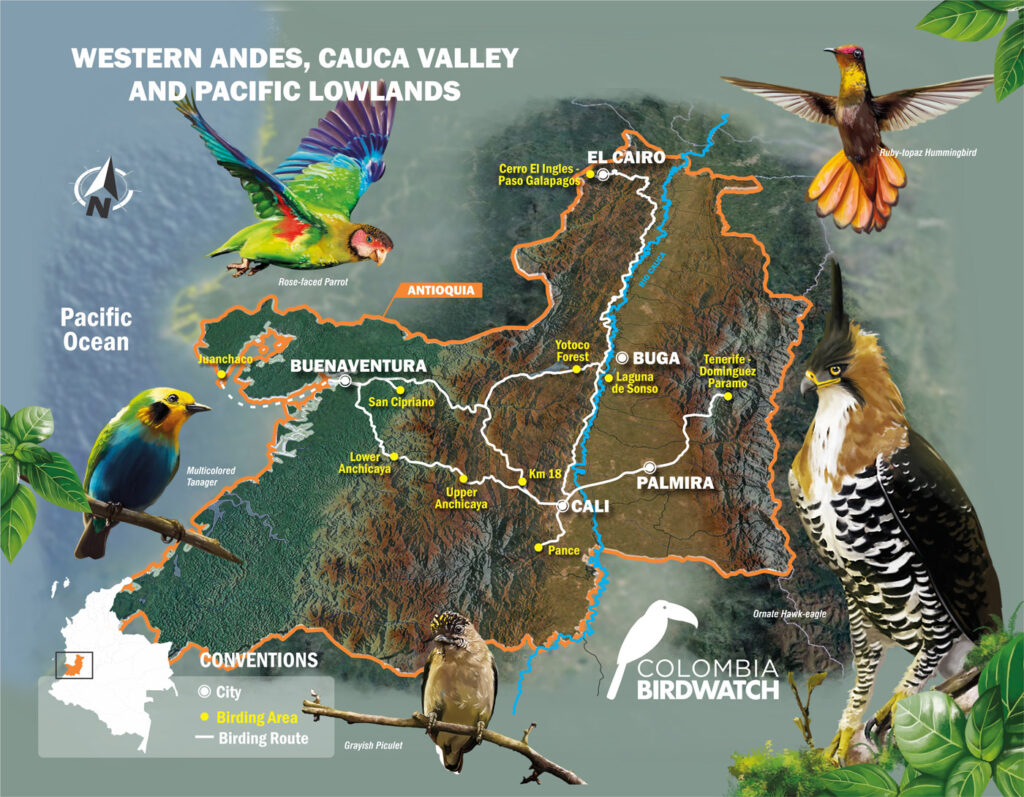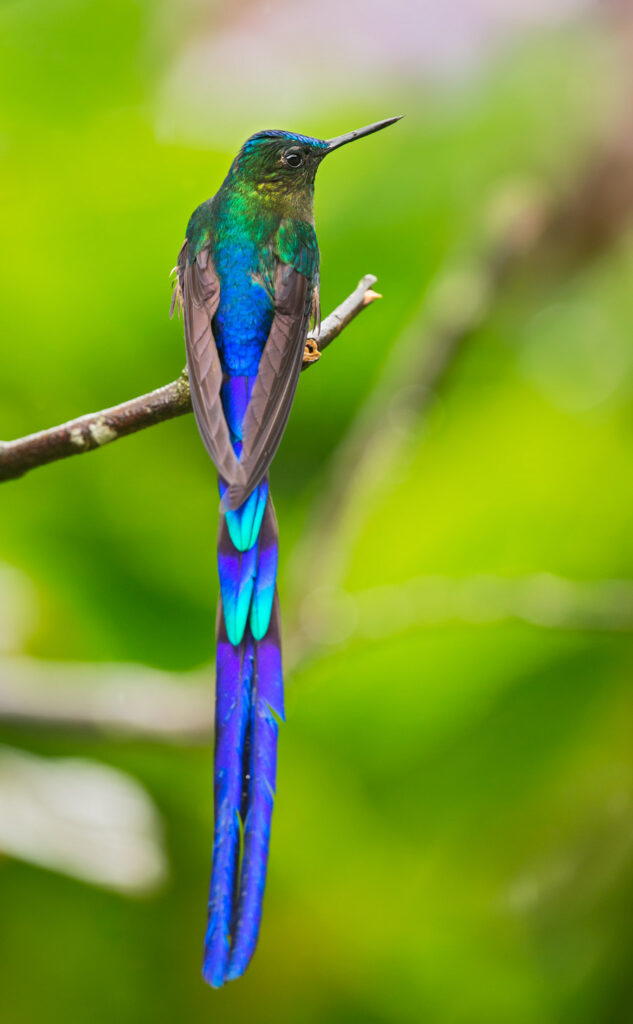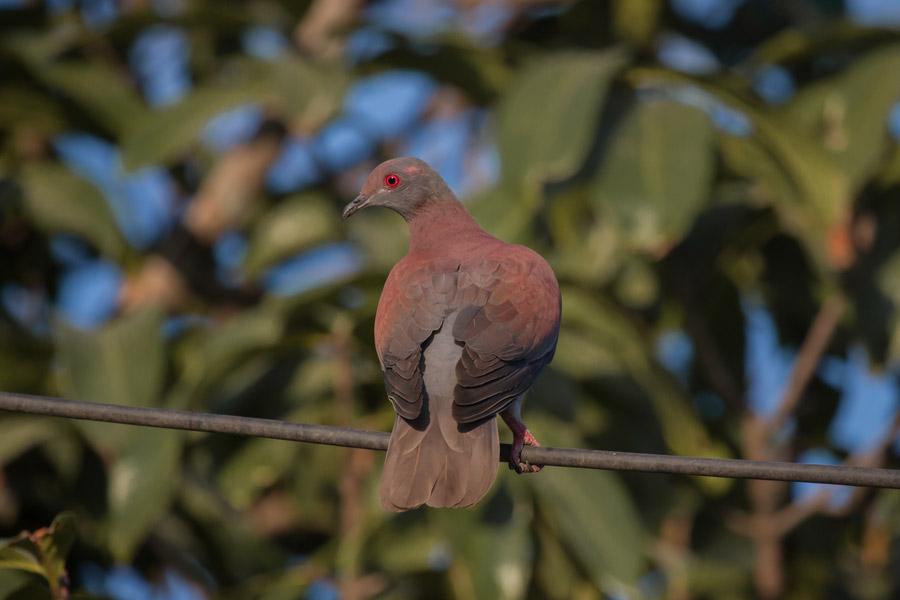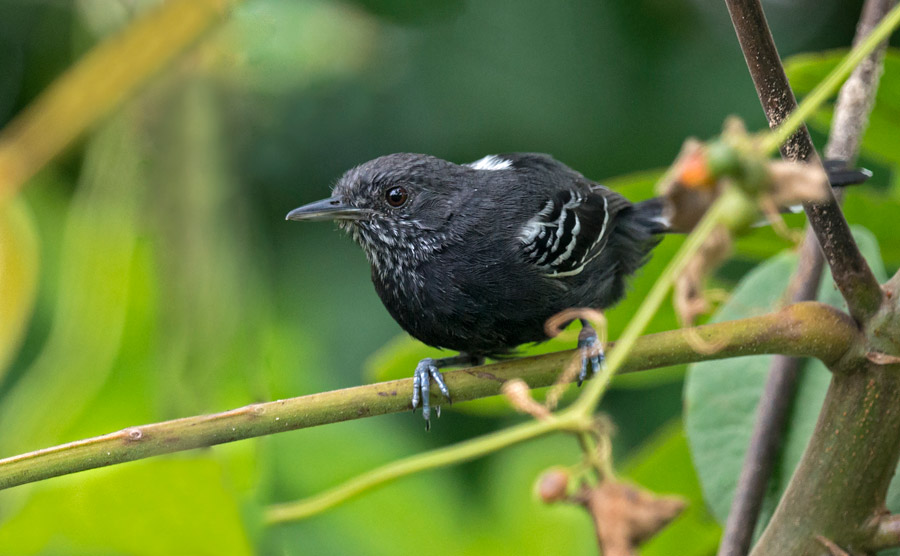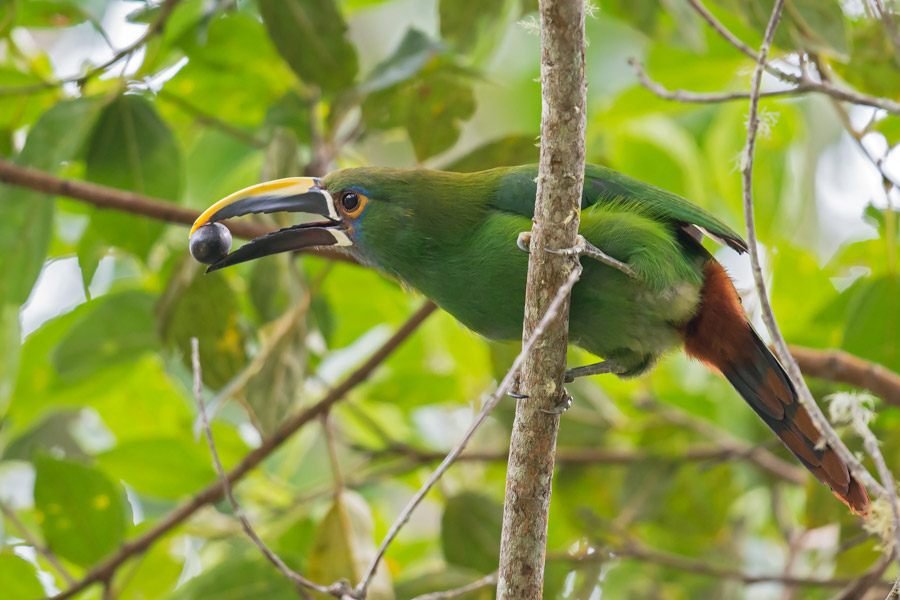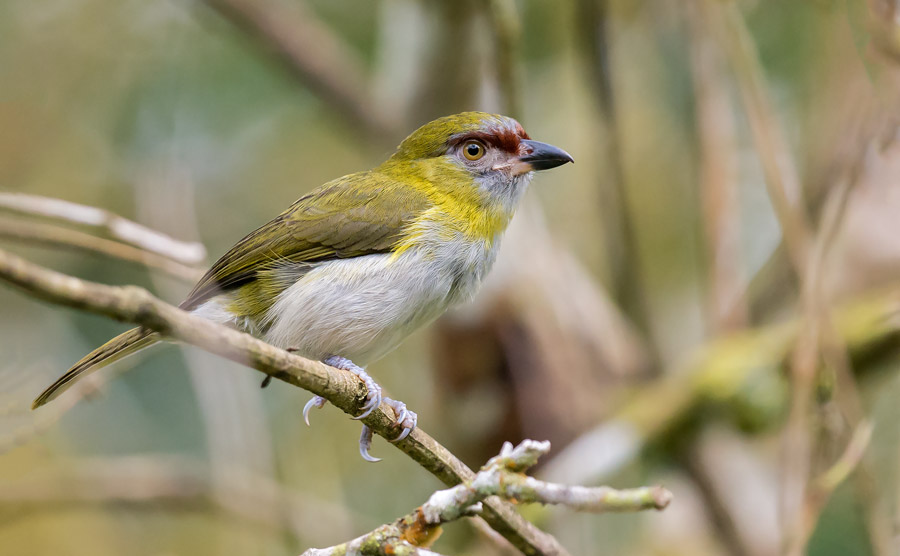This route highlights the birding sites within the Cauca Valley state, one of the most diverse in the country. An astonishing 1,000 species have been recorded in the state. This is more than half of the species found in Colombia, yet the state only occupies 2% of the country’s landmass. This is due to the diversity of habitats, from the humid tropical forests of the Pacific lowlands, to the cloud forests and paramo ecosystems of the western and central Andes, to the wetlands and dry forests along the Cauca River in the valley. Cali, the salsa dancing capital of the world, has a modern and convenient international airport with direct flights from Europe and USA.
Best Months to Visit:
Late November to late March and late June to early September.´
Connecting Routes:
Easily by land with the Central andes and Northern Portion of the Western Andes route and the Southern Colombia: Putumayo and the Colombian Massif route. Easily by air with any of our other Colombia routes.
AREAS IN THIS ROUTE
The old Buenaventura Road, which descends from the western Andes to the Pacific Ocean along the Anchicaya River watershed, is one of Colombia’s newest destinations to open up to birding. The birding along this gradient of insurmountable diversity is such that it inspired Steve Hilty to start work on Field Guide to the Birds of Colombia, the first ornithological field guide for South America. Along the edge of the Farallones National Park, the road winds through Andean cloud forests, humid tropical forests all the way down to the Pacific lowlands. One can easily bird the area for four days searching for a plethora of the Choco endemics that this mega diverse locality has to offer. Approximately 450 species have been recorded along the road.
Targets Upper Portion:
Toucan Barbet, Tatama Tapaculo (E), Crested Ant-tanager (E), Glistening-green Tanager (E), Black-chinned Mountain Tanager (NE), Rufous-throated Tanager (NE), Violet-tailed Sylph (NE), Green Thorntail, Golden-collared Honeycreeper (NE), Sooty-headed Wren (NE), Orange-breasted Fruiteater (NE), Black Solitaire (NE).
Targets Lower Portion:
Rose-faced Parrot (NE), Scarlet-and-white Tanager (NE), Grey-and-gold Tanager (NE), Choco Toucan, Golden-chested Tanager (NE), Scarlet-browed Tanager (NE), Lita Woodpecker , Lanceolated Monklet, Choco Trogon (NE), Long-tailed Tyrant, Slaty-capped Shrike-vireo, Scarlet-rumped Cacique, Long-wattled Umbrellabird, Ocellated Antbird, Baudo Guan, Tooth-billed Hummingbird.
Another area of great importance in Colombia’s ornithological history is the KM 18 and San Antonio Cloud Forest. More than 100 years ago, Frank Chapman, of the American Museum of Natural History, spent some time researching the bird diversity of this forest and produced the first scientific inventory of the birds of Colombia. This Important Bird Area is only 30 minutes from Cali and is home to the most impressive nectar and banana feeder set up in Colombia, with more than 15 species of hummingbirds visiting the feeders. Approximately 300 species have been recorded in the area.
Targets:
Multicolored Tanager (E), Purplish-mantled Tanager (NE), Scrub Tanager (NE), Golden-naped Tanager, Scaled Fruiteater, Golden-headed and Crested Quetzal, Colombian Chachalaca (E), Nariño Tapaculo (NE), Booted Racket-tail, Blue-headed Sapphire, Crowned Woodnymph, Purple-throated Woodstar (NE), Chestnut Wood-quail (E).
The area is a protected reserve and is only 30 minutes from the port city of Buenaventura. There are no roads into the reserve, so access is via a pleasant ride on “brujitas”, which are motorcycle-powered wooden carts on rails that have been ingenuously engineered by the locals.
Targets:
Five-colored Barbet (NE), Black-tipped Cotinga (NE), Stub-tailed Antbird (NE), Esmeraldas Antbird, Bicolored Antbird, Spotted Antbird, Pacific Antwren, Purple-throated Fruitcrow, Thicket Antpitta, Broad-billed Motmot, Tawny-crested Tanager.
The Sonso Lagoon is one of the only remaining wetlands in the Cauca Valley and one of Colombia’s best wetland birding destinations. The reserve sits at 950 m (3,100 ft), and encompasses 2,000 ha (5,000 ac) of wetlands and dry forest. Just ten minutes form the city of Buga, more than 300 species have been recorded in this gem of a wetland.
Targets:
Apical Flycatcher (E), Grayish Piculet (E), Bar-crested Antshrike (NE), Jet Antbird, Great Antshrike, Ruby-topaz Hummingbird, Horned Screamer, Spectacled Parrotlet (NE), Dwarf Cuckoo, Striped Cuckoo, Fulvous and Black-bellied Whistling-Ducks, Limpkin, Blackish Rail.
The Pance River watershed offers very convenient access from the city of Cali and is one of the main gateways to the Farallones National Park. The town’s proximity to the park and to Cali make it an ideal location for birding and enjoying the pristine waters that are born in the high elevation paramo of the park.
Targets:
Scaled Antpitta, Crested Ant-tanager (E), Bar-crested Antshrike (NE), Golden Collared Manakin, Andean Cock-of-the-rock, Scrub Tanager NE, Immaculate Antbird, Flame-rumped Tanager, Blue-necked Tanager, Andean Solitaire.
Tenerife is the most accessible paramo ecosystem in the Cauca Valley state. Access is form the city of Buga in 4X4 vehicles.
Targets:
Black-billed Mountain-toucan, Gray-breasted Mountain-toucan, Golden-plumed Parakeet (NE), Masked Saltator, Red-crested Cotinga, Bicolored Antpitta (NE), Chestnut-naped Antpitta, Andean Lapwing, Barred Fruiteater, Powerful Woodpecker, Rufous-banded Owl.
The Cerro El Ingles Reserve in the area is managed by a local group, Serraniagua, and boasts a bird list in excess of 350 species. Near the municipality of El Cairo, the area offers unsurpassed birding if you are in search of Choco endemics.
Targets:
Gold-ringed Tanager (E), Black-and-gold Tanager (E), Black Solitaire (NE), Handsome Flycatcher, Indigo Flowerpiercer, Munchique Wood-wren (E), Buffy Tuftedcheek (NE), Tanager Finch (NE), Yellow-collared Chlorophonia (NE), Golden-collared Honeycreeper, Toucan Barbet, White-tailed Hillstar, Velvet-purple Coronet.
The montane forests of the Cauca Valley are strongly fragmented, especially at the lower elevations where the Yotoco Reserve sits. The reserve, with an extension of 519 ha (1,300 ac) and with elevations ranging from 1300 – 1600 m (4,300 -5,300 ft), is the largest remaining block of montane forest remaining at the these elevations in the western Andes of the Cauca Valley State.
Targets:
Cauca Guan (E), Yellow-headed Manakin (NE).
CONTACT US
SEND US A MESSAGE
CONTACT INFORMATION
For more information, questions, availability or to register for a Colombia Birdwatch tour, please contact Christopher Calonje at:

